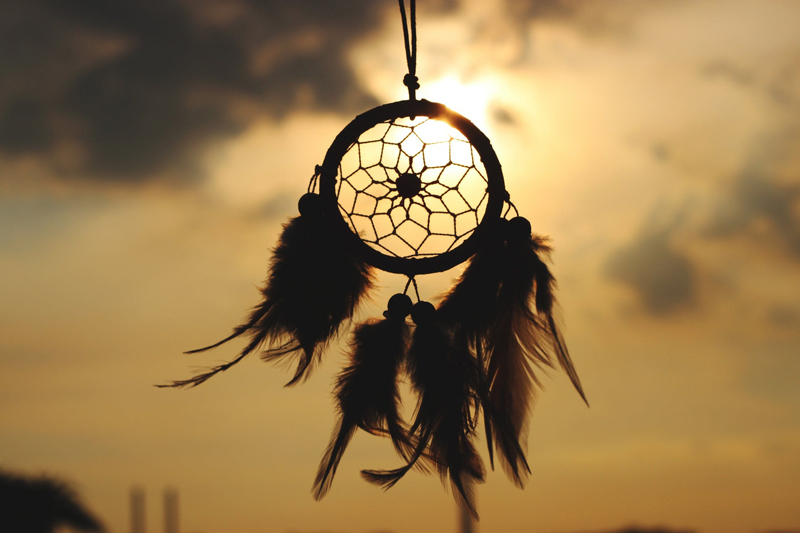Greetings and blessings to all from Northern Nevada.
The moon, Jupiter and Venus came together and it was a beautiful sight! I sat on my patio last night and gazed at them - marveling at all their splendor. If you did not get a chance to see them, click on the link below for a spectacular picture.
http://www.sciam.com/gallery_directory.cfm?photo_id=F8D791A7-F384-F128-31D476CA18F44FD0
Last week we drove over to Washoe Valley and took the drive around Washoe Lake. The wildlife is abundant in that area, with deer, coyote, hawks, eagles, and many other creatures common of the Great Basin. We were so happy to see a small herd of mule deer, a coyote stalking something out in a pasture, some desert hawks and the most wonderful of all - two huge Bald Eagles, sitting in the top of a bare leaved tree. We stopped, as many other people did, just to watch this magnificent pair as they sat watching us. It was a lovely, clear and sunny day and the Eagles were enjoying it as much as we were.
Washoe Lake and Little Washoe Lakes are located in the heart of scenic Washoe Valley, between Carson City and Reno. Spectacular views of the majestic Sierra Nevada and the Carson Range mountains surround the valley and the lake mirrors their images.
For thousands of years, Washoe Valley and Washoe Lake have provided a home and livelihood to a variety of human cultures in this otherwise hostile land. The name Washoe comes from the original inhabitants, the Washoe Indians, originally spelled Washo. The tribe spent the winters as family groups in the lowlands of the valley, and summers at the "Big Lake," Lake Tahoe. They used the willows and cattails from the wetlands of Washoe Lake to make their elaborate baskets.
Dat So La Lee, the world famous basket weaver, came from this area. Some of her baskets are in the Smithsonian and valued at millions of dollars. My article on her can be viewed at
http://www.bellaonline.com/articles/art18128.asp
My sister's husband owns two Dat So La Lee baskets and they are a family treasure and heirloom.
*******
Need to use up some leftover turkey? Here is a Wampanoag recipe for stew with turkey. The Wampanoag tribe were the ones who taught the pilgrims how to plant and grow foods in the new land. Squanto, a member of the tribe, provided seeds to them and in the spring of 1692, corn, wheat and barley were planted by the pilgrims, following Squanto's instructions.
Major-General Daniel Gookin (1612 - 1687) was a settler of Virginia and Massachusetts, and a writer on the subject of Native Americans. In 1674, Gookin wrote:
“Their food is generally boiled maize or Indian corn, mixed with kidney-beans, or sometimes without. Also they frequently boil in this pottag fish and flesh of all sorts, either taken fresh or newly dried. These they cut in pieces, bones and all, and boil them in the aforesaid pottage. I have wondered many times that they were not in danger of being choked with fish bones; but they are so dexterious to separate the bones from the fish in the eating thereof, that they are in no hazard. Also they boil in this furmenty all sorts of flesh, that they take in hunting; as venison, beaver, bear’s flesh, moose, otters, rackoons, or any kind that they take in hunting; cutting this flesh in small pieces, and boiling as aforesaid. Also they mix with the said pottage several sorts of roots; as Jerusalem artichokes, and ground nuts, and other roots, and pompions, and squashes, and also several sorts of nuts or masts, as oak acorns, chestnuts, walnuts; these husked and dried, and powdered, they thicken their pottage therewith.”
So, as you can see, there are many options and variations to this recipe. The Wampanoag were very creative in their cooking.
Sobaheg Made With Turkey
1/2 pound dry beans - you can use white, red, or kidney beans
1/2 pound yellow samp or coarse grits (Samp is another name for coarse hominy)
1 pound of turkey meat (leaving the bone and skin on adds more flavor)
3 quarts water
3/4 pound green beans
1/2 pound squash (use a good winter type)
1/2 cup raw sunflower seeds, shell and pound into a course flour consistency
Combine dry beans, samp, turkey, and water in a large pot. Simmer on medium heat for about 2 1/2 hours, stirring often to make sure there is no sticking in the bottom of pot. When dried beans are tender, pull meat from bones, discard bones and skin. Add green beans and squash. Simmer gently until squash is tender. Add sunflower flour for thickening, stirring until thoroughly blended.
Serve hot with your favorite home-made bread and lots of sweet butter.
Till next time, may your heart and moccasins find many happy trails. Blessings and may you walk in Beauty and Harmony.
*******
Here's the latest article from the Native American site at BellaOnline.com.
Trading Posts For Christmas Shopping
Native American Trading Posts, the fun and valuable way for shopping for unique and unusual Christmas gifts.
http://www.bellaonline.com/articles/art24878.asp
Please visit nativeamerican.bellaonline.com for even more great content about Native American.
To participate in free, fun online discussions, this site has a community forum all about Native American located here -
http://forums.bellaonline.com/ubbthreads.php?ubb=postlist&Board=140
I hope to hear from you sometime soon, either in the forum or in response to this email message. I thrive on your feedback!
Have fun passing this message along to family and friends, because we all love free knowledge!
Phyllis Doyle Burns, Native American Editor
http://nativeamerican.bellaonline.com
One of hundreds of sites at BellaOnline.com
nativeamerican Newsletter



